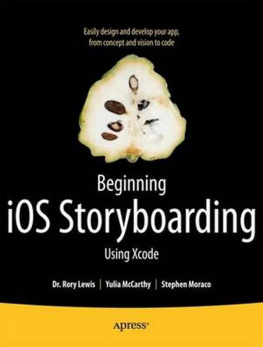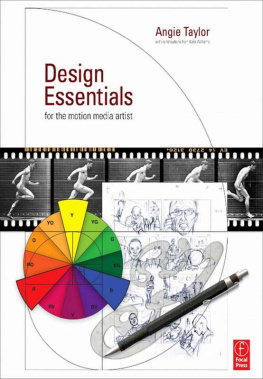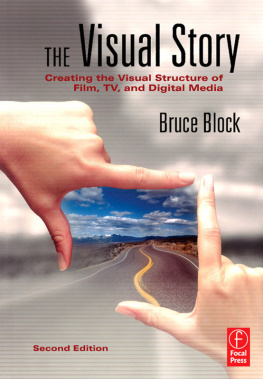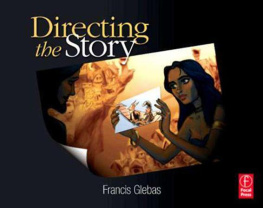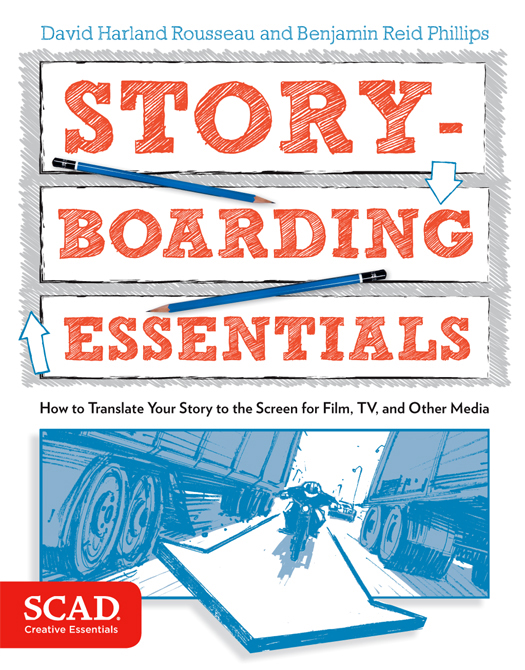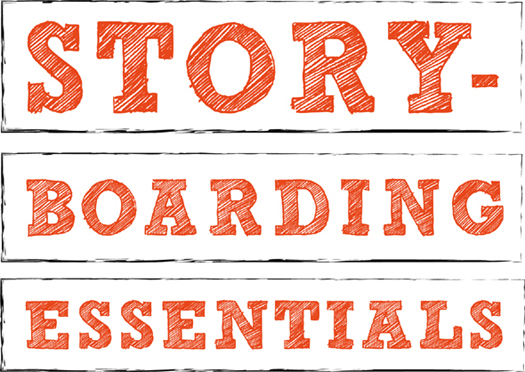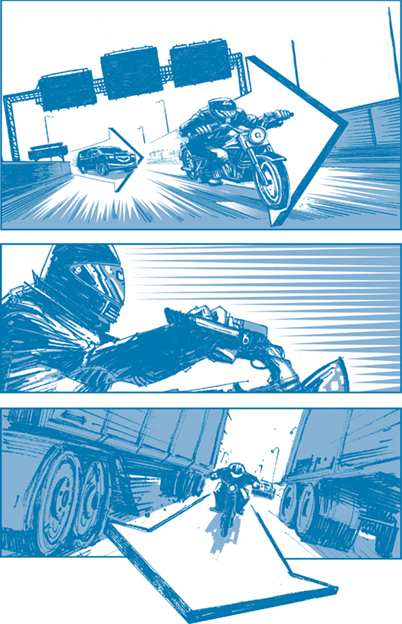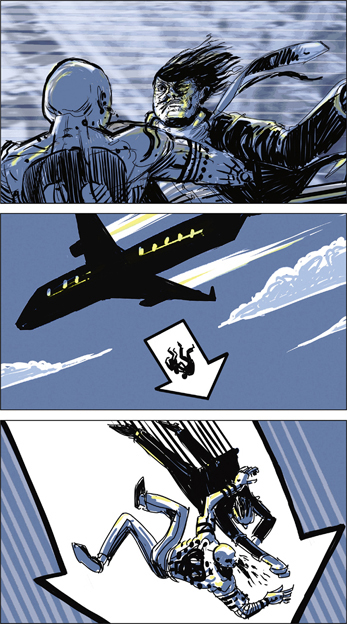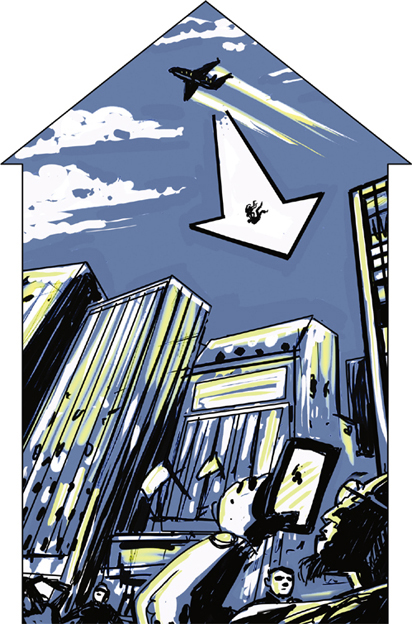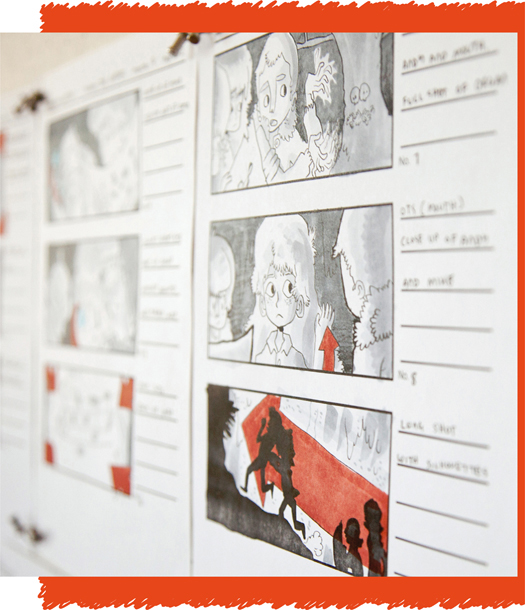To our talented students at SCAD. You continue to inspire us through your hard work and dedication to the art of storyboarding, and we dedicate this book to you.
THE SCAD CREATIVE
ESSENTIALS SERIES
The SCAD Creative Essentials series is a collaboration between Watson-Guptill Publications and the Savannah College of Art and Design (SCAD), developed to deliver definitive instruction in art and design from the universitys expert faculty and staff to aspiring artists and creative professionals.
CONTENTS
FOREWORD
As a youngster, I was impressed by the fact that Alfred Hitchcock storyboarded the entirety of his pictures and then simply filmed what he had drawn. Orson Welles did the same. Storyboards provided these iconic directors with insight as to the arc of the picture.
Storyboards have always been essential in filmmakingespecially in action sequences. On many of my films, we used storyboards as a daily bible of what we were to film. This, along with previsualization (the natural extension of paper storyboards), allowed us to plan the days shooting most efficiently by providing solutions to complex action sequences. Storyboards also allowed us to give the second unit (generally responsible for filming establishing shots, inserts, and action sequences involving stunt work) a clear idea of the directors wishes, which saved us precious production time.
In short, storyboards solve problems and provide clarity, thus saving time and money.
David Harland Rousseau and Benjamin Reid Phillips have written a vital book for all filmmakers, from beginning students to seasoned professionals. Storyboarding Essentials takes readers through all phases of storyboarding and prepares them for the production world.
Enjoy David and Bens book! Enjoy storyboarding!
Stratton Leopold
January 2013
Stratton Leopold is a feature film producer. Some of his credits include The Wolfman , Captain America: The First Avenger , Mission Impossible III , and The Adventures of Baron Munchausen . Leopold is a resident of Savannah, GA, and a friend to SCAD.
PREFACE
When we first started teaching storyboarding, we discovered that there were few books dedicated to the visual mechanics of storyboarding. Sure, we found countless resources in coffee table books that generally started with the words The Art of. We discovered a passing nod to the subject of storyboarding in endless websites promoting the work of remarkably talented illustrators, in books specializing in animation, and in books telling the history of cinema. But we found nothing that broke storyboarding down into terms that anyone other than an aspiring illustrator or animator would appreciate.
We muddled through. We met for coffee now and then and shared ideas based on our research and development. Ben drew from his experience in the world of sequential art; I drew from my experience in front of and behind the camera. Together, we developed a fairly comprehensive glossary. We began to break down the differences between moving and static shots. We identified issues related to continuity, screen direction, and visual logic. We even determined a method of interpreting the written word that parallels the method used by assistant directors (ADs) when creating shooting scripts and call sheets.
Through all of this, we discovered commonalities between the four main applications of storyboarding: live action, animation, advertising, and visual effects.
There is no right way to draw for storyboardsand they dont have to be beautifully rendered. The one important requirement is that the panels must clearly indicate framing height, camera angle, and movement. All else is fair game. To prove the point, in this book we have included a series called A Difference of Opinion. In each installment, two artists go head-to-head, and each artist presents his or her take on the same scene from the same script excerpt. The artists were given panel count and time restrictions. The artists boards are quick and to the point, with each panel clearly communicating camera angles, framing heights, and movement directions. As you look at the drawings, ask yourself how you would have approached the same scene.
Storyboarding Essentials wont teach you how to draw better or faster, but if you have drawing ability, you will appreciate the chapter on rendering. The book doesnt promise to give you shortcuts, but following important chapters, it does include exercises on numbering and visual logic, which reinforce key concepts.
Storyboarding Essentials is intended for a variety of disciplines, including illustration, film, television, advertising, and animation. Filmmakers will appreciate its common sense approach to framing heights and camera angles; aspiring ADs will benefit from its practical take on breaking down the script; illustrators with some drawing skill will value the discussion on composition and visual language; and virtually everyone will appreciate the insight provided by outstanding professionals through stand-alone interviews with Ken Chaplin, DGA/DGC, animation veteran Keith Ingham, and illustrator Whitney Cogar.
We hope this practical introduction to the invisible art of this specialized visual narrative will provide you, the reader, with a strong foundation for building the bridge between story and screen.
David Harland Rousseau and Benjamin Reid Phillips
Savannah, Georgia


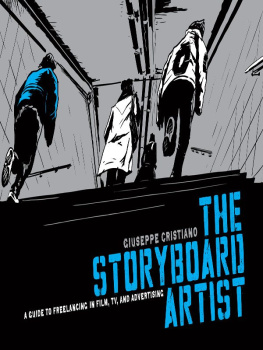
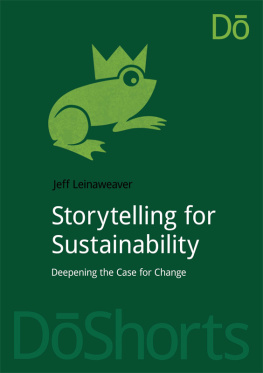
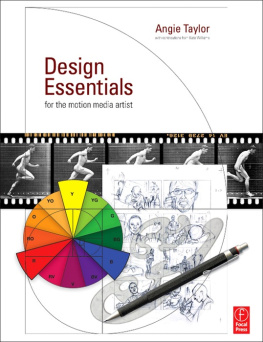
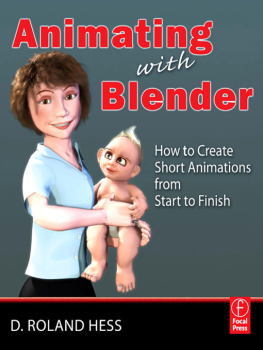
![Briar Lee Mitchell [Briar Lee Mitchell] - Game Design Essentials](/uploads/posts/book/119420/thumbs/briar-lee-mitchell-briar-lee-mitchell-game.jpg)
